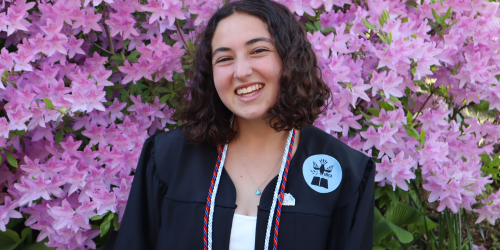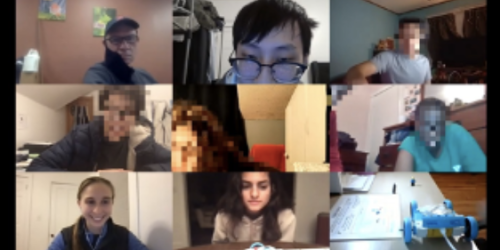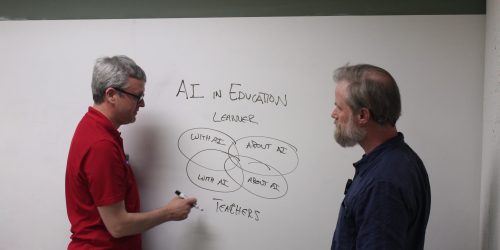By Ulrik Rosenberg, Learning Consultant at Tåsingeskolen, Svendborg, Denmark

You don’t need to know how to read to enjoy a story. Long before children learn to decode letters, they listen, imagine, and understand narratives. This doesn’t diminish the importance of literacy — on the contrary, it shows how curiosity and engagement can lead to learning.
The same holds true for programming.
Students can begin exploring the logic of computing and AI without writing a single line of code. Tools like Smart Spike, which integrates LEGO robotics and machine learning, allow learners to experiment with intelligent behavior early — seeing how systems respond, fail, adapt, and improve.
This “low-floor, high-ceiling” approach opens the door to deeper understanding. For instance, students can train models to recognize gestures or sounds and trigger specific outputs, demonstrating cause and effect. As they build increasingly complex chain reactions or domino-like systems, they begin to notice the limits of no-code interfaces — and develop a genuine desire to break past them.
That’s the turning point. When a student asks, “How can I make it move more precisely?” or “What if it reacted differently to each input?” — they’re ready to code. Not because we told them they should, but because the system invited them to.
This is the essence of playful learning: exploration driven by curiosity, guided by experimentation, and grounded in meaningful creation. Rather than separating play from serious learning, we embrace it as a powerful engine for deep engagement — especially in engineering and computer science education.

In activities like “Hello World,” where students imagine robots sent by different creatures trying to communicate, we see the power of collaborative learning in action. Learners with diverse strengths — from storytelling to mechanical building to logical reasoning — come together to decode intentions, design interactions, and bring meaning to machine behavior. When older students help scaffold the ideas of younger ones, and when teams combine creativity with technical thinking, coding becomes more than syntax — it becomes a shared language for exploration and connection.
At the intersection of engineering education and human-centered design, tools like Smart SPIKE help us rethink how we introduce computing, as a behavior to explore, question, and refine.
The code for Smart SPIKE is written by Milan Dahal (Tufts) as part of his Smart Motors initiative.



